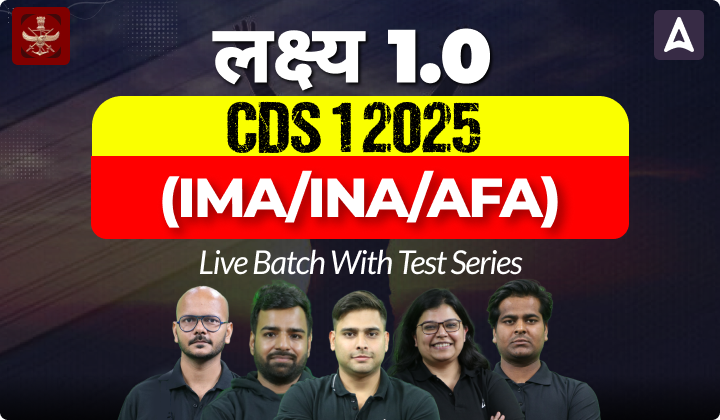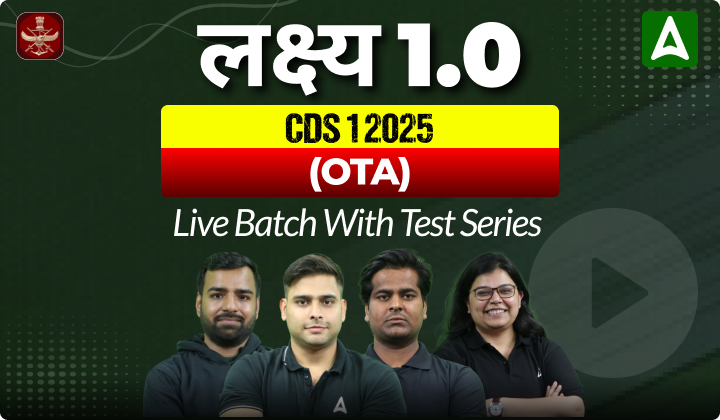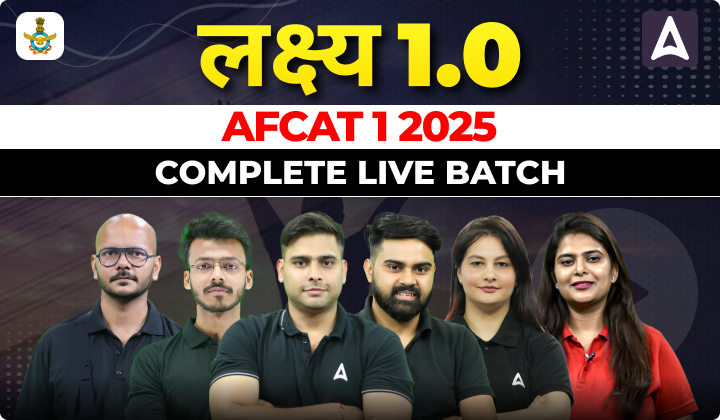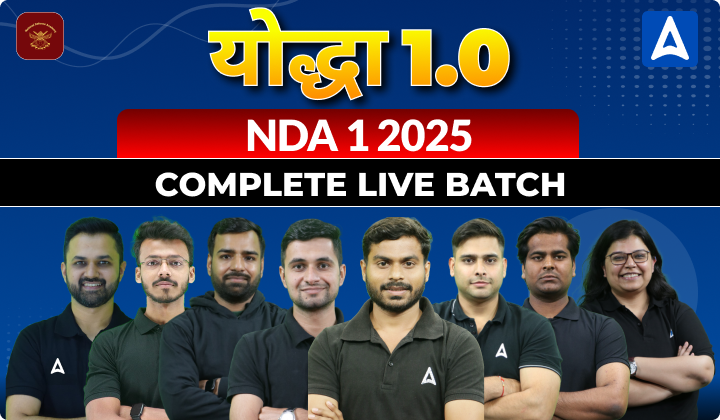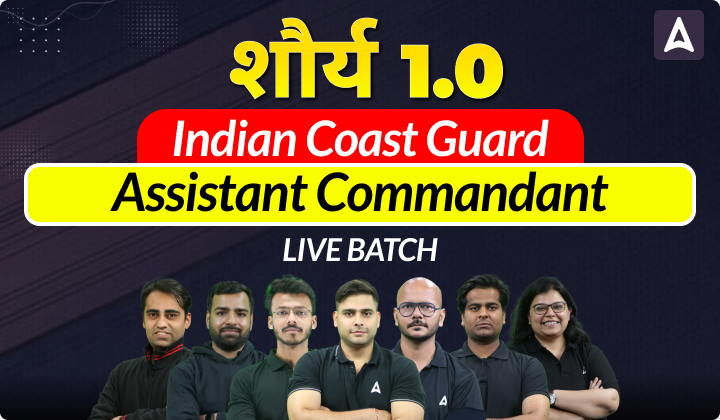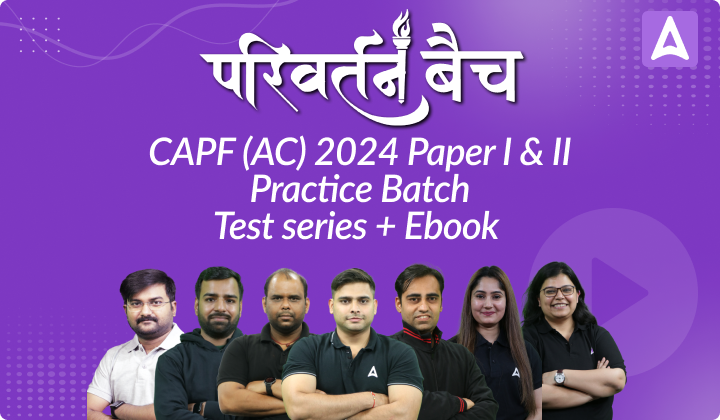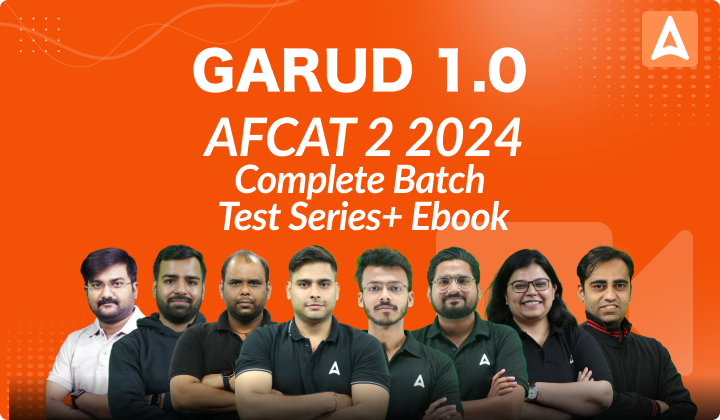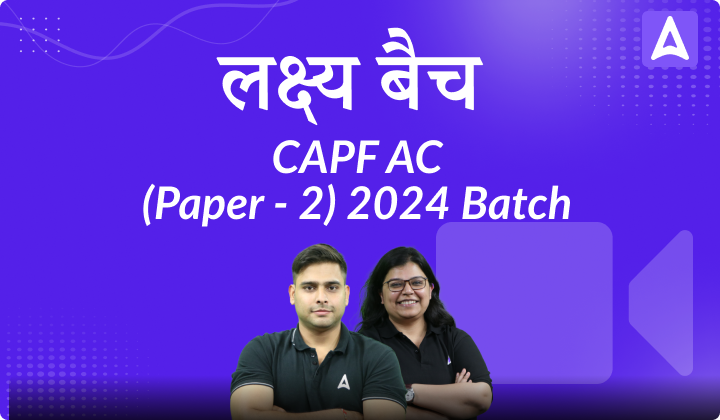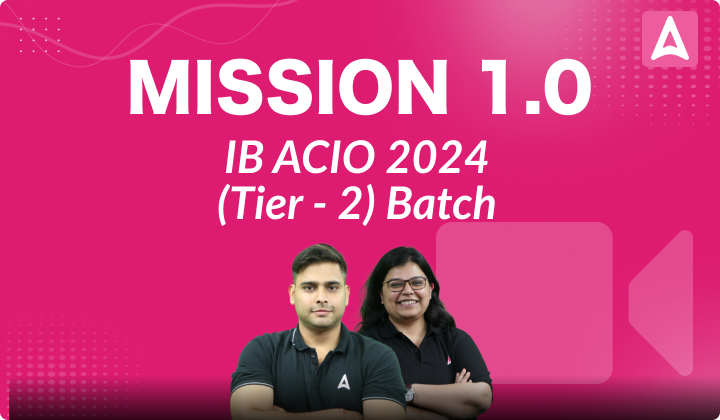Operation Cactus
Operation Cactus: It is one of the successful operations carried out by Indian Armed Forces to thwart a coup in the islands of Maldives against the elected government headed by the then President Maumoon Abdul Gayooms. In 1988 a group of Maldivians led by businessman Abdullah Luthufi and assisted by more than 80 armed mercenaries of a Tamil separatist organization from Sri Lanka, the People’s Liberation Organization of Tamil Eelam(PLOTE) orchestrated a coup to overthrow the elected government of Maldives. They gained control over the important establishment and even surrounded the Capital of Maldives. The intervention of India Armed Forces on the request of Maldivian President to quell the coup was condemned as ‘Operation Cactus’.
Initial Development
In November 1988 about 80 mercenaries of PLOTE landed on Capital Male from a hijacked Sri Lankan freighter. They quickly gained control over the important government establishments and strategic assets such as ports, airports, radio stations etc. They then headed towards the Presidential Palace where President Gayoom was residing with his family. But before they could hold him captive, he and his family were safely escorted by Maldivian National Security Advisor to the Defence Minister’s house. The Defence Minister then escorted the President to a safe house. Desperate to free his country from the clutches of armed mercenaries he requested military intervention from Sri Lanka and Pakistan, but both denied citing lack of military capabilities. The president then requested for Singapore’s intervention to which it declined citing similar reasons. Then he contacted USA for help, USA agreed but they said that it would take about 2-3 days for US forces to reach Maldives from the nearest base at Diego Garcia. He then called up the UK for help, which advised him to seek assistance from India. Following this he contacted India for help. India accepted the request and acted promptly. Within 16 hours of receiving SOS, India was ready for operation.
Execution of Operation Cactus
The operation began on the night of 3 November 1988. The Indian Air Force transport aircraft Ilyushin Il-76 airlifted the soldiers of the 50th Independent Parachute Brigade, commanded by Brigadier Farukh Bulsara, the 6th Battalion of the Parachute Regiment and the 17th Parachute Field Regiment from Agra Air Force Station and flew them non-stop over 2,000 kilometres (1,240 mi) to land them over the Malé International Airport on Hulhule Island. The Indian Army paratroopers arrived on Hulhule nine hours after the appeal from President Gayoom and fresh kasyno.
The Indian paratroopers immediately secured the airfield and then rescued President Gayoom. After hours of fierce gunbattle between the Indian paratroopers and the mercenaries, the Indian soldiers restored control of the capital. Some of the mercenaries fled towards Sri Lanka in a hijacked freighter. Those unable to reach the ship in time were quickly rounded up and handed over to the Maldives government. Nineteen people reportedly died in the fighting, most of them mercenaries. The dead included two hostages killed by the mercenaries. The Indian Navy frigates Godavari and Betwa intercepted the freighter off the Sri Lankan coast, and captured the mercenaries. The swift intervention by the Indian military and accurate intelligence successfully quelled the attempted coup in the island nation. In July 1989, India repatriated the mercenaries captured to Maldives for trial. President Gayoom ordered the death sentences but later commuted to life imprisonment under Indian pressure.
Aftermath
India was praised internationally by prominent countries and media houses for the operation and safeguarding the sovereignty and integrity of its neighbour. This operation shaped and strengthened the bilateral relations between the two countries.
The success of this operation with minimal collateral damage displayed India’s extraordinary military capabilities and preparedness for any situation on the world stage.

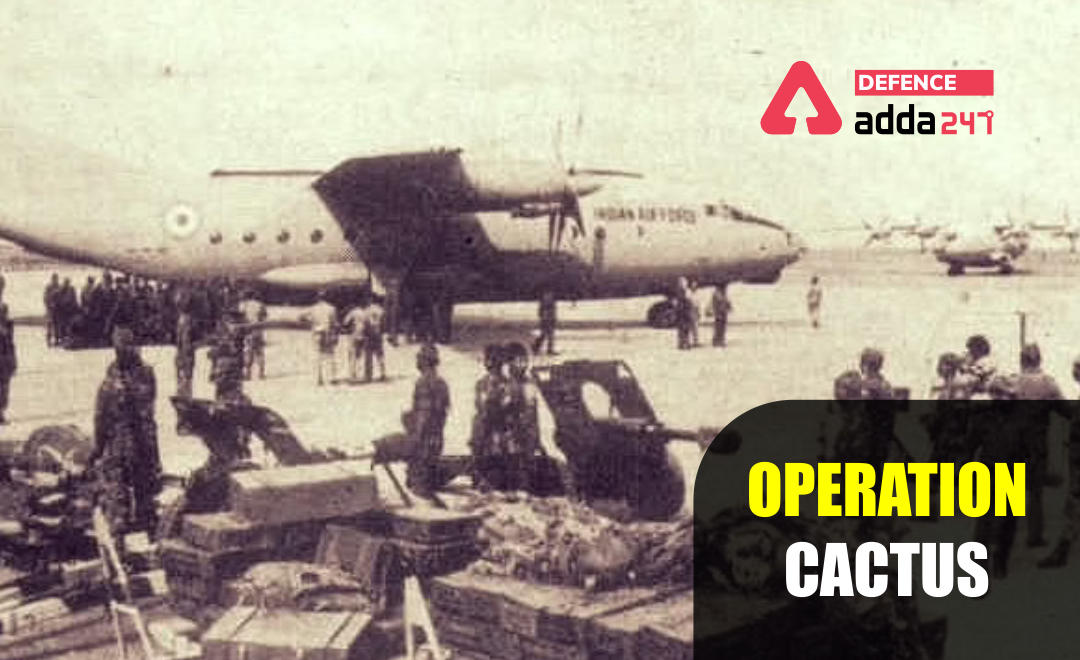


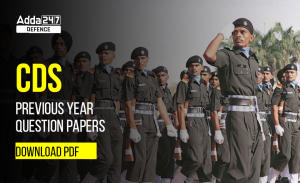 CDS Previous Year Question Papers, Downl...
CDS Previous Year Question Papers, Downl...
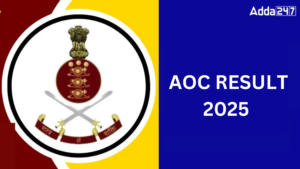 AOC Result 2025 Out, Download Link Activ...
AOC Result 2025 Out, Download Link Activ...
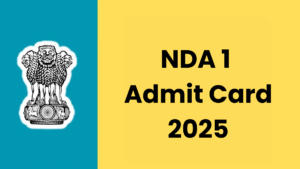 NDA 1 Admit Card 2025 Out, Download NDA ...
NDA 1 Admit Card 2025 Out, Download NDA ...

